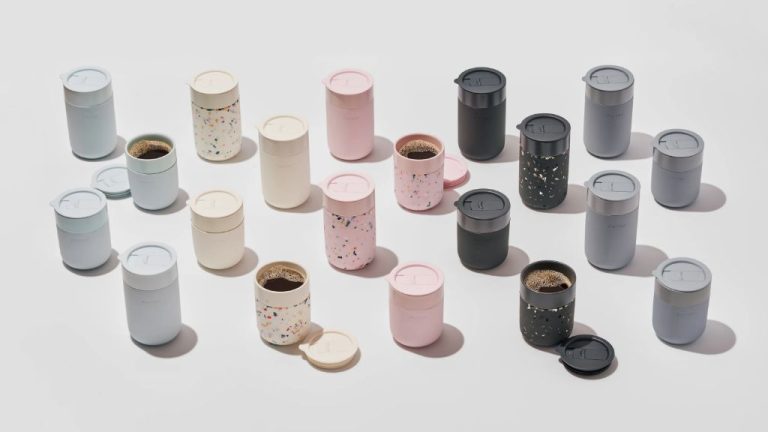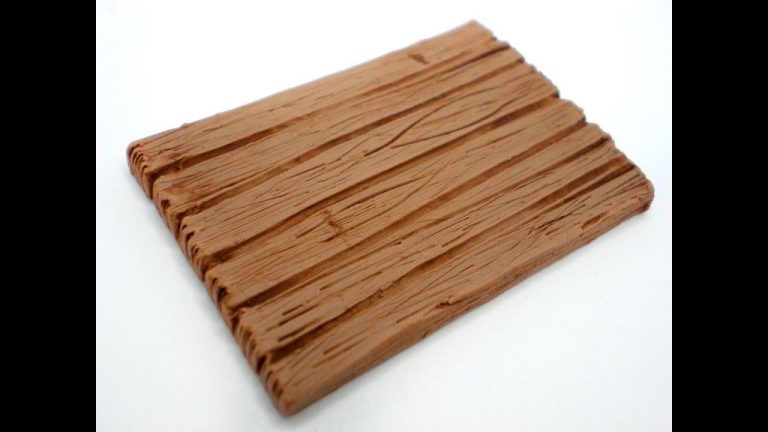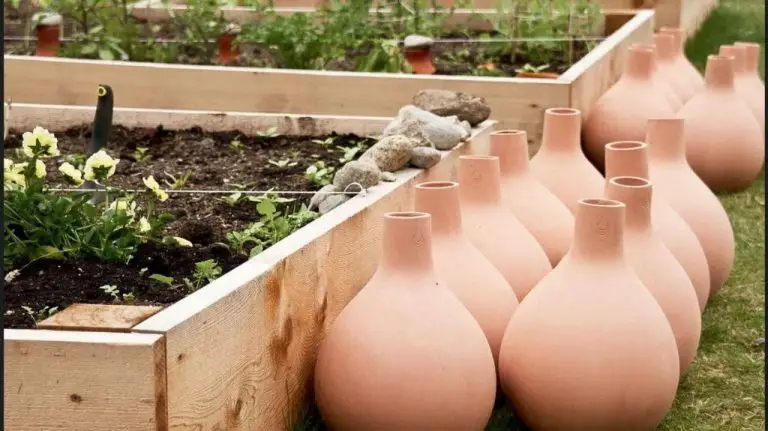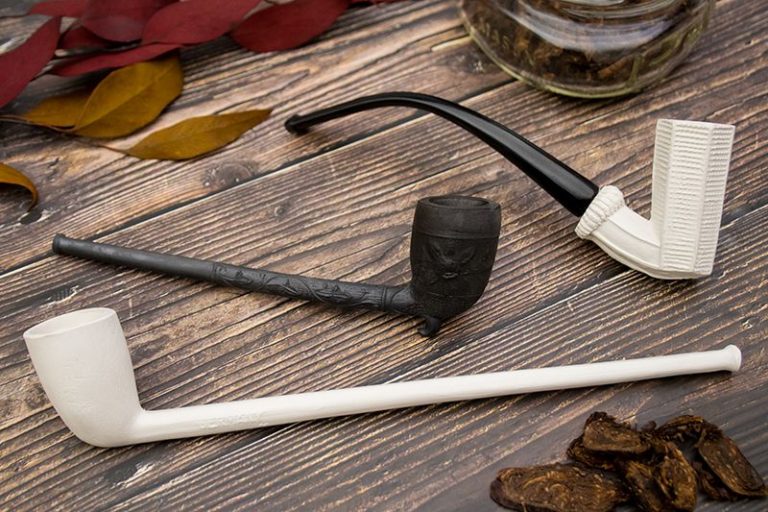Can Linen Lamp Shades Be Cleaned?
Linen lamp shades are a popular decorative lighting choice, known for their natural texture and ability to diffuse light softly. As a natural fabric, linen can collect dust, dirt, oils, and other debris over time.
Cleaning linen lamp shades regularly not only keeps them looking their best, but also allows the lamp to illuminate at full brightness. Dirt and residue can diminish light output, so routine cleaning helps maintain optimal lighting.
This content will provide an overview of effectively cleaning linen lamp shades, from vacuuming dust to spot treating stains. Proper cleaning methods will also be discussed to avoid damaging the linen fabric.
Pros and Cons of Linen Lamp Shades
Linen is a natural fabric made from flax that has both advantages and disadvantages as a lamp shade material. Some of the key pros and cons of linen lamp shades include:
Pros:
- Natural material. Linen is made from flax plants so it is derived from natural materials. This makes it an eco-friendly choice.
- Attractive look. Linen has a casual, textured appearance that can lend a relaxed vibe to a room’s decor. The natural fabric provides a warm, homey aesthetic.
Cons:
- More delicate than other materials. While durable, linen is typically more prone to wrinkling, staining, and tearing compared to synthetics like polyester or acrylic. It requires gentler care.
- Prone to discoloration. Linen can yellow or brown when exposed to light over time. Keeping shades out of direct sunlight can help prolong its color.
Overall, linen lamp shades offer a natural, cozy look but they are higher maintenance than synthetic options. Being gentle when cleaning and handling linen shades can help preserve their appearance.
Common Stains and Dirt on Linen Lamp Shades
Linen lamp shades are prone to collecting dust, dirt, and grime over time. The natural fibers in linen attract and trap particles from the air (source). Dust layers on the surface while continued exposure leads to a dingy, yellowed appearance. Frequently touched areas may look especially dirty.
Cooking fumes and oil splatter also leave greasy spots and stains on linen lampshades. The lightweight fabric readily absorbs airborne grease particles. Using lamps over stovetops or ranges puts them at high risk for greasy buildup (source). Heavily soiled shades appear greasy or rancid, ruining their appearance. Proper cleaning is required to remove grime and reveal the linen’s natural color and texture again.
Cleaning Methods for Linen Lamp Shades
Linen lamp shades can be cleaned using various methods depending on the type and amount of dirt or stains. Here are some effective cleaning techniques for linen shades:
Dusting
For linen lamp shades that just have a light layer of dust, a simple dusting is often all that’s needed. Use a soft duster or microfiber cloth to gently wipe away dust from the exterior of the shade. Make sure not to press too hard or rub aggressively, as this can potentially damage the linen material. You can also use a lint roller to pick up dust and fibers from the lamp shade.
Vacuuming
For more thorough cleaning, linen lamp shades can be vacuumed. Use a soft brush attachment and run it over the surface of the shade on a low suction setting. This will lift and suck up dust and dirt from the linen fabric. Be extra careful around any beading, trim or delicate areas of the shade. As recommended by Simply Good Tips, vacuuming can get your linen shade clean without the need for any cleaning solutions.
Spot Cleaning
If there are specific stained or soiled spots on your linen lamp shade, use a targeted spot cleaning approach. Dip a clean cloth in a mild soap and warm water solution. Gently dab and blot at the spot until it lifts out of the fabric. Avoid aggressively rubbing as this can spread the stain and damage the linen material. Rinse with a damp cloth and allow to fully dry before reattaching the shade.
Spot Cleaning Solutions for Linen
When spot cleaning linen lamp shades, it’s best to use gentle cleaners that won’t damage or discolor the fabric. Here are some effective homemade solutions for tackling stains on linen:
Warm Water – Mixing a small amount of mild dish soap into warm water can help lift many fresh stains from linen. Dampen a clean cloth in the solution, wring it out, and gently blot the stain. Avoid rubbing, which can grind in dirt or set the stain.
Mild Soap – For more stubborn stains, make a paste by mixing a few drops of mild liquid hand soap with water. Carefully dab the paste onto the stain and let it sit for a few minutes before rinsing with a damp cloth.
Vinegar – The acidic nature of white vinegar makes it useful for tackling grease spots and water rings. First dab the stain with undiluted vinegar and let it soak in briefly. Then rinse the area with a vinegar-water solution (1 part vinegar to 1 part water) to remove any residue.
Avoiding Damage When Cleaning
When cleaning linen lamp shades, it’s important to take steps to avoid damaging the delicate fabric. Here are some tips for gentle cleaning:
Use a soft brush or cloth when dusting the shade. Avoid abrasive scrubbing, which can weaken or tear the linen fibers. Instead, use light, gentle strokes to lift away dust and debris (Source).
Avoid using harsh chemicals or cleaners containing bleach, as these can discolor or degrade the linen. Mild dish soap diluted in warm water is typically sufficient for spot cleaning stains. Test any cleaning solution on a small, inconspicuous area first to check for damage or discoloration (Source).
Take extra care when handling older or more delicate lamp shades. Consider having professionals clean vintage or antique linen shades to avoid accidental tears or holes. For valuable shades, specialized museum cleaning methods may be needed.
Protecting Linen Lamp Shades
There are a couple of ways to help protect linen lamp shades to prevent stains and extend their lifespan. Using a lamp shade cover is an easy option. Lamp shade covers fit over the shade like a sock and can provide an extra barrier against dust, oils and other contaminants (source). Look for covers made from sheer, lightweight fabrics that allow the beauty of the linen shade to show through while still offering protection.
It’s also advisable to avoid placing linen-shaded lamps directly next to cooking areas if possible. The steam, grease and oils from cooking can cling to the linen fibers and cause stains and odors over time. Position lamps a few feet away from stoves, ovens and other cooking zones. Likewise, avoid very humid rooms like bathrooms where moisture can damage the material.
Signs Your Linen Lamp Shade Needs Replacement
Over time, linen lamp shades can start to show signs of wear and tear. Here are some indications that it may be time to replace your linen lamp shade:
Brittle, yellowed fabric – Linen is prone to yellowing, especially when exposed to light. If the fabric feels dried out and brittle or has turned yellow, it likely means the fibers are breaking down. Attempting to clean severely degraded fabric can cause it to tear.
Stains that won’t come out – If you’ve tried to remove stains and discoloration to no avail, the linen fibers may be too far gone. Harsh stain removal techniques like bleaching can damage the integrity of the linen. If stains remain after gentle cleaning methods, a replacement shade is recommended.
Some other signs include rips, holes, a burnt or singed area, grease stains, visible dirt buildup, creases, dents, and fraying edges. If the shade has become warped or misshapen and can no longer retain its form, replacement is likely needed.
Routine cleaning and care can prolong the life of a linen lamp shade. But once the fabric starts to show obvious signs of aging, it’s best to purchase a new shade.
Linen Lamp Shade Alternatives
If you want a lampshade material that is easier to clean and care for than linen, there are several good alternatives to consider:
Silk lampshades are a luxurious and elegant option. Silk has a beautiful sheen and drape. Silk lampshades can usually be spot-cleaned gently with a damp cloth. However, silk can be prone to yellowing over time.
Source: https://www.bhg.com/homekeeping/house-cleaning/how-to/how-to-clean-silk/
Cotton lampshades are affordable and come in a wide variety of colors and patterns. Cotton can be machine washed on a gentle cycle according to the care instructions. Cotton creases easily though so it may require ironing.
Synthetic polyester or microfiber lampshades are very low maintenance. They resist stains, are machine washable, and don’t require ironing. However, some people prefer natural fibers over synthetics.
Parchment or rice paper lampshades have a translucent look that diffuses light beautifully. They can be dusted with a soft brush but avoid cleaning them with liquids which can cause blotches. Parchment shades are delicate and prone to tearing.
There are pros and cons to each material. Evaluate your priorities – whether easy cleaning, durability, cost, or appearance matters most – to choose the best linen lampshade alternative for your lighting needs.
Conclusion
When cleaning linen lamp shades, it’s important to be gentle and take care not to damage the delicate fabric. To summarize, some key tips are:
- Use a soft brush or lint roller to remove dust and surface debris. Going over the shade lightly with a vacuum on low suction can also help.
- Spot clean stains by dabbing gently with a damp cloth and mild detergent. Avoid rubbing or scrubbing.
- For tougher stains, try a stain remover formulated for delicate fabrics. Test on an inconspicuous area first.
- Let the shade fully air dry before reattaching to the lamp to prevent water damage.
- Consider professional dry cleaning for linens with heavy soiling or set-in stains.
With some care and gentle cleaning methods, linen lamp shades can retain their beauty for many years. It’s important not to use harsh chemicals or scrubbing that could weaken or destroy the fibers. Giving linen shades frequent dusting and periodic professional care will help protect their delicate nature.





